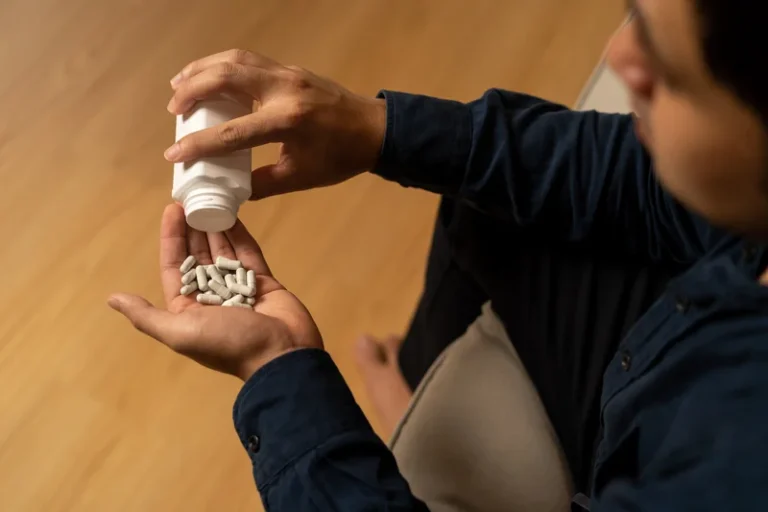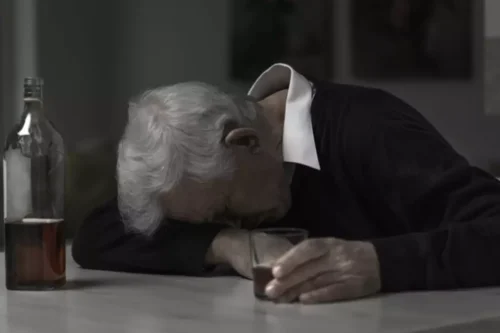The epidemiology of benzodiazepine misuse: A systematic review* PMC
Как отписаться от всех платных подписок займов, отменить платные услуги по номеру телефона и онлайн
March 15, 2021Bookkeeping: A Detailed Accounting Guide for your Business
April 26, 2021The epidemiology of benzodiazepine misuse: A systematic review* PMC

If your healthcare provider prescribes one of these medications, don’t hesitate to ask for guidance, and take the medications exactly as prescribed. That way, you can benefit from these medications and reduce the risk of problems along the way. We are requiring the Boxed Warning, FDA’s most severe benzodiazepine withdrawal syndrome prominent warning, be updated and adding other information to the prescribing information for all benzodiazepine medicines. This information will describe the risks of abuse, misuse, addiction, physical dependence, and withdrawal reactions consistently across all the medicines in the class.

Contact FDA
In 2016, estimates suggest that about half a million people in the United States misused sedative drugs. The assessment determines the severity of misuse and informs the risk of relapse and of harm. It should include the indication for prescribing, dose, duration of use, age and any history of psychiatric or medical comorbidity as well as any other past or current substance misuse. Assess for benzodiazepine substance use disorder and the severity of aberrant drug-related behaviours. Supportive social networks and stable housing are positive prognostic indicators.

Common withdrawal symptoms
We are also requiring updates to the existing patient Medication Guides to help educate patients and caregivers about these risks. Systems limitations in prescription monitoring in Australia reduce our ability to identify ‘doctor shopping’ so the presence of any aberrant drug-related behaviours should prompt further assessment and treatment. Prescription bottles and their labels will reveal if an individual has different prescriptions from different doctors, filled by different pharmacies within the same timeframe.

Long-Term Treatment for Benzodiazepine Withdrawal
These symptoms may be accompanied by physical symptoms that are similar to the body’s normal response to danger, often called the “fight or flight” phenomenon. Panic attacks may accompany other mood disorders such as depression, anxiety or substance abuse conditions. Although benzodiazepines are commonly abused, they rarely cause serious illness or death unless combined with other drugs. A psychiatrist, however, is often asked to interview anyone seen in the emergency department before sending the person home.
Always tell your health care professionals about all the prescription and over-the-counter (OTC) medicines you are taking or any other substances you are using, including alcohol. Take benzodiazepines and all medicines exactly as prescribed by your health care professional. To avoid serious problems, including withdrawal reactions, patients taking benzodiazepines should not suddenly stop taking them without first discussing with your health care professional a plan for slowly decreasing the dose and frequency. Contact your health care professional if you experience withdrawal symptoms or your medical condition worsens. Go to an emergency room or call 911 if you have trouble breathing or other serious side effects such as seizures. When deciding whether the benefits of prescribing a benzodiazepine outweigh the risks, health care professionals should consider the patient’s condition and the other medicines being taken, and assess the risk of abuse, misuse, and addiction.
What are benzodiazepines?
Also, whenever a substance is purchased on the street, users never truly know what they are buying, as substances are not tested or verified. In a 12-month period between 2014 and 2015, more than 5 million people in the U.S. reported they had misused benzodiazepines. It can be hard to tell the difference between withdrawal symptoms and anxiety.
Balancing the Risks and Benefits of Benzodiazepines
First, our search strategy was limited to the search terms used, and therefore we might have missed relevant studies that did not include these key words. Second, we chose to use the term “benzodiazepine misuse” throughout the present review, although many studies combined benzodiazepines with other sedative and tranquilizer medications. We described study findings in this manner to balance accuracy with interpretability; however, it is unknown how the inclusion of other sedatives and tranquilizers in the reviewed literature impacted results. We also chose to include studies among those with SUDs that defined benzodiazepine misuse based on urine drug screen results, as opposed to clear definitions of misuse.
- It can also help you learn to identify psychological triggers that may cause you to relapse so that you can avoid them in the future.
- This information will describe the risks of abuse, misuse, addiction, physical dependence, and withdrawal reactions consistently across all the medicines in the class.
- The length of time required to complete a benzodiazepine withdrawal depends upon individual patient characteristics, type of benzodiazepine, ability to handle stress involved with withdrawal, and original reason for benzodiazepine use.
- A frail 70 year old with falls prescribed flunitrazepam as a sedative hypnotic for 20 years requires a different management approach from a 25-year-old intravenous drug user buying street alprazolam.
- Abuse, misuse, addiction, physical dependence, and withdrawal reactions greatly increases with use of this drug class.
The benzodiazepines that were initially FDA-approved for insomnia, such as temazepam (Restoril) or triazolam (Halcion), are not used as frequently today due to the availability of the newer nonbenzodiazepine drugs, such as eszopiclone (Lunesta), zolpidem (Ambien), or zaleplon (Sonata). All of the nonbenzodiazepine agents are approved only for the treatment of insomnia. Your healthcare provider will schedule follow-up visits after prescribing benzodiazepines.
- This is consistent with findings that regulating negative affective and somatic states is the most common motive for benzodiazepine misuse.
- For example, misuse of oxazepam (Fleischhacker et al., 1986; Frauger et al., 2011; Kan et al., 2001; Morel et al., 2016) and lormetazepam (Lugoboni et al., 2014; Quaglio et al., 2012) has been reported in European samples, but is not common in U.S.-based samples.
- Benzodiazepines are a class of medications that slow down activity in your brain and nervous system.
- The sedative side effects can carry into the next day and impair driving and other daily activities; this is a particularly concerning risk in the elderly.
- The medication Romazicon (flumazenil) is sometimes used off-label for withdrawal symptoms.
Alcohol withdrawal

In addition, longitudinal studies will help to determine the temporal associations between benzodiazepine misuse and potential consequences (e.g., suicidality, poor physical health). Such studies would inform the development of screening tools to identify people at the highest risk for benzodiazepine misuse and the identification of factors that may be important targets for the prevention and treatment of benzodiazepine misuse. Oral route of administration, or swallowing a pill, is by far the most common route of administration (Brandt et al., 2014a; McLarnon et al., 2014; Pauly et al., 2012).
As many as 30–50% of alcoholics are also benzodiazepine misusers.[14] Drug abusers often abuse high doses or even therapeutic doses for long periods of time which makes serious benzodiazepine withdrawal symptoms such as psychosis or convulsions more likely to occur during withdrawal. Much like other prescription drugs (e.g., opioids, stimulants) (McHugh et al., 2015), benzodiazepines are most commonly misused for reasons aligned with the drug’s indication (e.g., sleep, anxiety). Over 75% of NSDUH respondents with past-year tranquilizer misuse reported that they misused prescription tranquilizers to help with conditions for which benzodiazepines are indicated, such as sleep, tension, or emotions (CBHSQ, 2018b).
